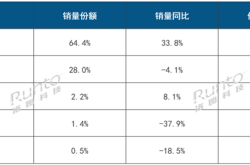Optical Ethernet Ushers in the Automotive Era: The Infrastructure for Next-Generation Automotive Communication Systems
![]() 06/26 2025
06/26 2025
![]() 846
846
Produced by Zhineng Zhixin
In response to the communication challenges posed by autonomous driving and intelligent trends, traditional in-vehicle electrical communication systems are increasingly encountering issues such as bandwidth bottlenecks, inadequate anti-interference capabilities, and excessive power consumption.
As a new generation of communication infrastructure, optical Ethernet is gradually becoming the core of automotive communication systems due to its advantages of high speed, long-distance transmission, anti-interference capabilities, and low power consumption.
We explore how this technology is driving the reconstruction and evolution of automotive communication systems, delving into the development background of optical communication, the challenges faced by automotive communication, the technical characteristics of optical Ethernet, specific application scenarios, and its development roadmap.
Part 1
Technological Evolution and Standardization:
Why Does the Automotive Industry Need Optical Ethernet?
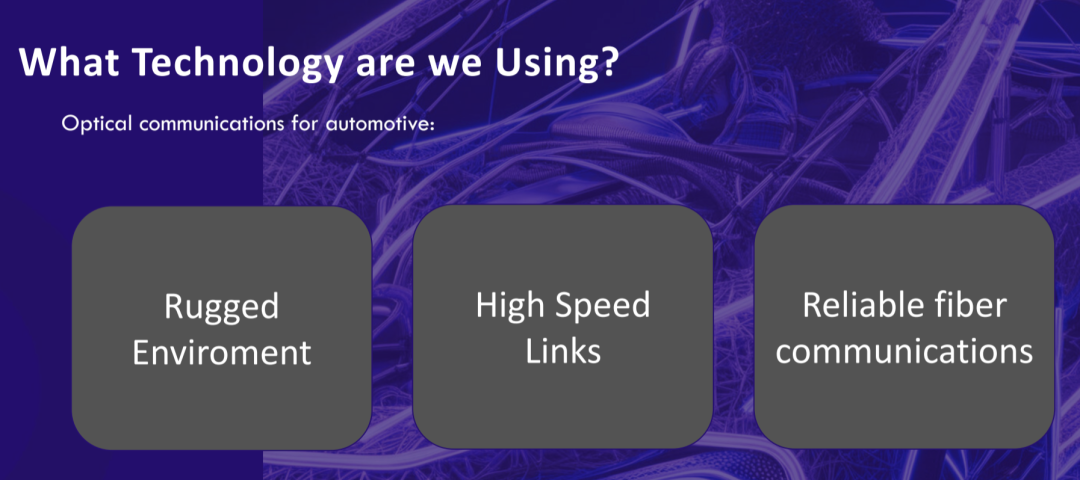
Optical communication is not a novel technology. Its high-speed and low-loss characteristics have long been extensively validated in fields such as data centers and home communications.

In the early 1940s, traditional electrical communication was constrained by high loss and short transmission distances. By the 1970s, with the commercialization of fiber optic technology, fiber optic communication replaced cables as the primary means of supporting the communication architecture of FTTH and large-scale data centers.
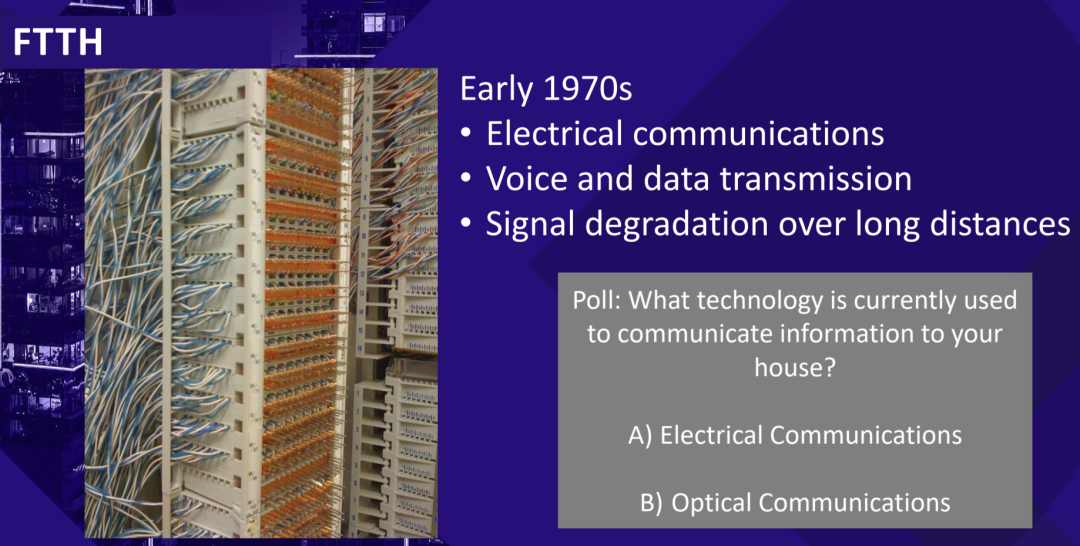
In the automotive sector, the rapid increase in sensor count and heightened real-time requirements has rendered traditional electrical communication methods inadequate. From sensors to ECUs, and from central computing platforms to display systems, numerous devices necessitate high-speed and stable interconnection. The complex electromagnetic environment within vehicles further exacerbates issues such as signal interference and reduced reliability in electrical communication.
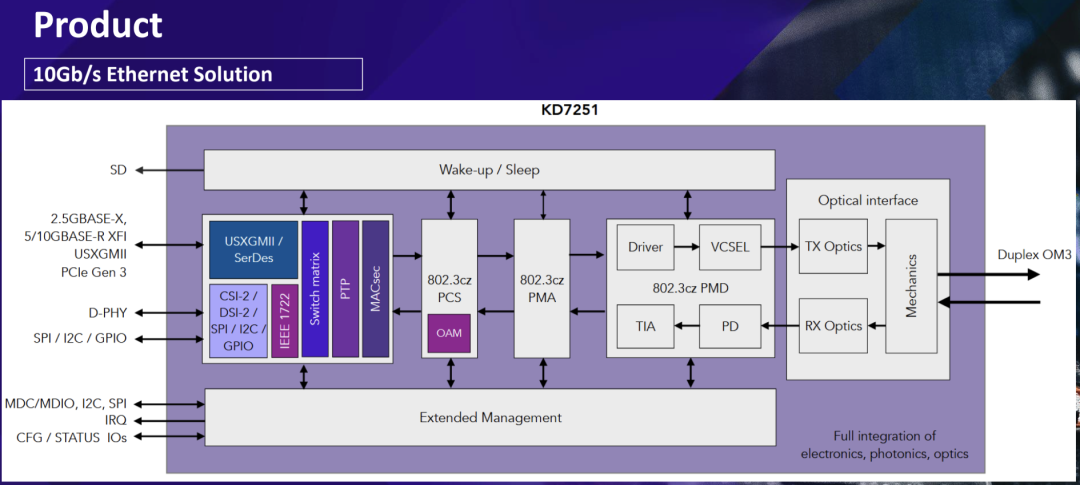
Against this backdrop, Ethernet emerged. The 10 Gb/s BASE-AU PHY standard (compliant with IEEE 802.3cz) is currently a key communication protocol specifically tailored for in-vehicle scenarios, supporting transmission distances of up to 40 meters, latencies as low as 1 microsecond, and highly simplified hardware integration.
Employing OM3 multimode glass fiber can effectively mitigate performance degradation due to cable aging, enabling long-lasting and highly reliable in-vehicle communication.
The optical communication solution features a single-chip fully integrated design, supporting multiple buses including 10G Ethernet interfaces, USB, PCIe Gen3, and CSI-2, with SD wake-up functionality, power consumption controlled below 1W, and compliance with ASIL-B automotive safety standards.
In frequent data interaction and transmission tasks, optical transceivers exhibit significant performance advantages: shorter latency, lower power consumption, stronger bandwidth, and enhanced environmental adaptability.
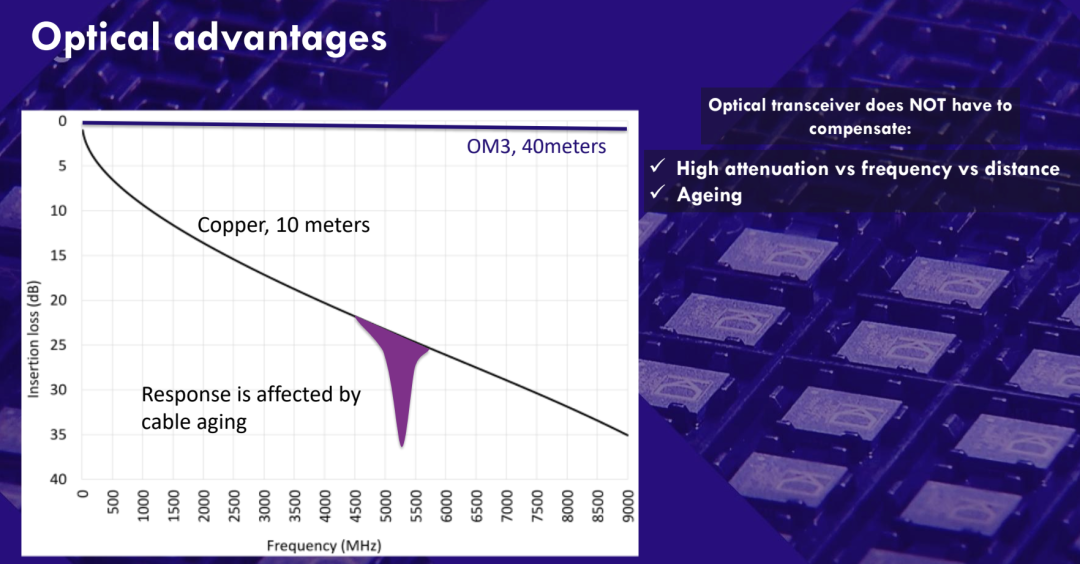
◎ Automotive optical Ethernet achieves ultra-low power consumption and high bandwidth with a streamlined PHY structure;
◎ Its scalability and long-distance transmission capabilities significantly surpass electrical communication, making it a pivotal underlying communication solution to support the upgrade of data architecture for smart electric vehicles.
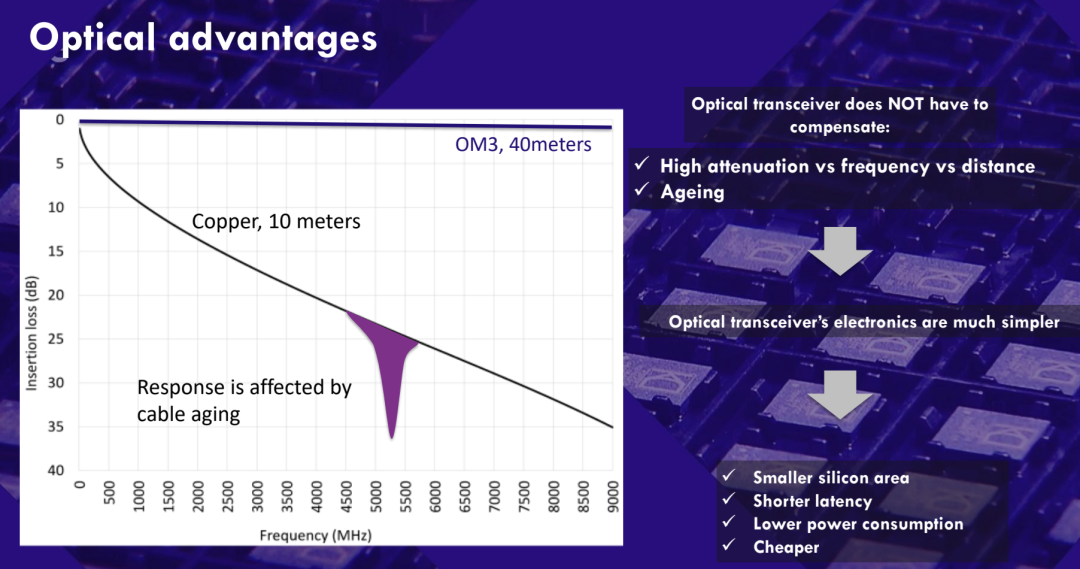
Part 2
System Solutions and Application Implementation:
How Technology Supports Autonomous Driving
The true value of optical Ethernet technology lies in its implementation within in-vehicle high-speed interconnection networks. Currently, advanced driver assistance systems (ADAS) and autonomous driving systems have emerged as the most data-intensive scenarios for vehicle data exchange.
A vast array of sensors, including cameras, radars, LiDARs, IMUs, and ultrasonic sensors, require real-time processing and transmission back to the central processing unit.
In this communication architecture, optical Ethernet plays two pivotal roles: high-bandwidth backbone interconnection and low-latency redundant links.
Taking the aggregation of three cameras as an example, the system encapsulates multiple CSI-2 or DSI-2 image data streams through the BASE-AU optical PHY interface and transmits them at high speed over a single optical channel.
Typical chip solutions such as KD7251-C1 offer low latency, high throughput, and flexible interface conversion capabilities, supporting efficient interconnection between diverse node types.
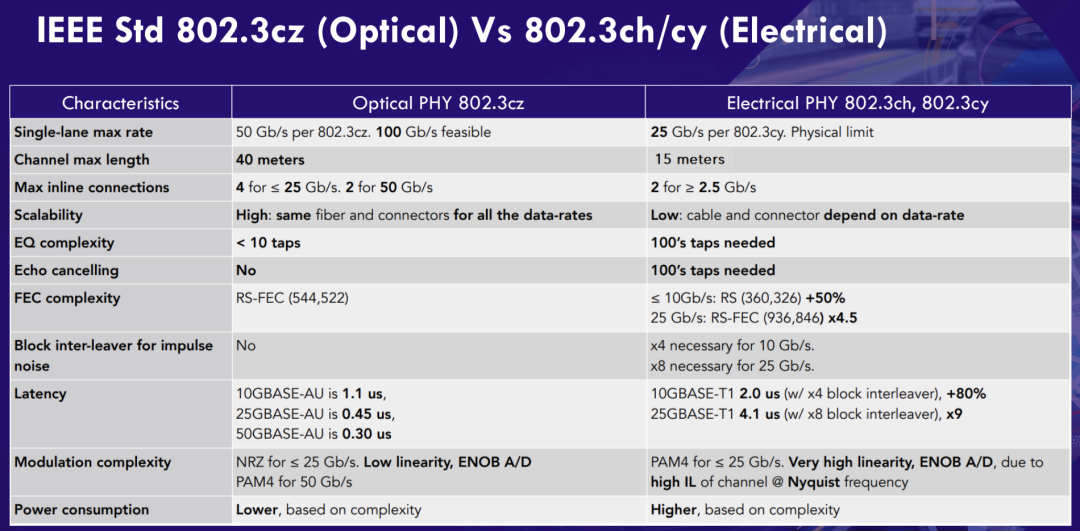
In data replication scenarios, optical interfaces facilitate data redundancy transmission between the main and backup channels, not only enhancing system reliability but also optimizing data latency management. Multi-path redundancy combined with ASiL-B safety level design provides an elevated level of data security for autonomous driving systems.
The future product roadmap also underscores the trend of technological development:
◎ In 2025, the 10G product KD7251 will achieve mass production;
◎ By 2026, sample validation of 25G-50G KD745X will advance;
◎ In 2027, 50G chips will enter the engineering phase;
◎ By 2028, 100G optical Ethernet products are expected to achieve automotive-grade applications.
This technological evolution path indicates that optical Ethernet will become the primary communication backbone to meet future demands for "explosive data growth".
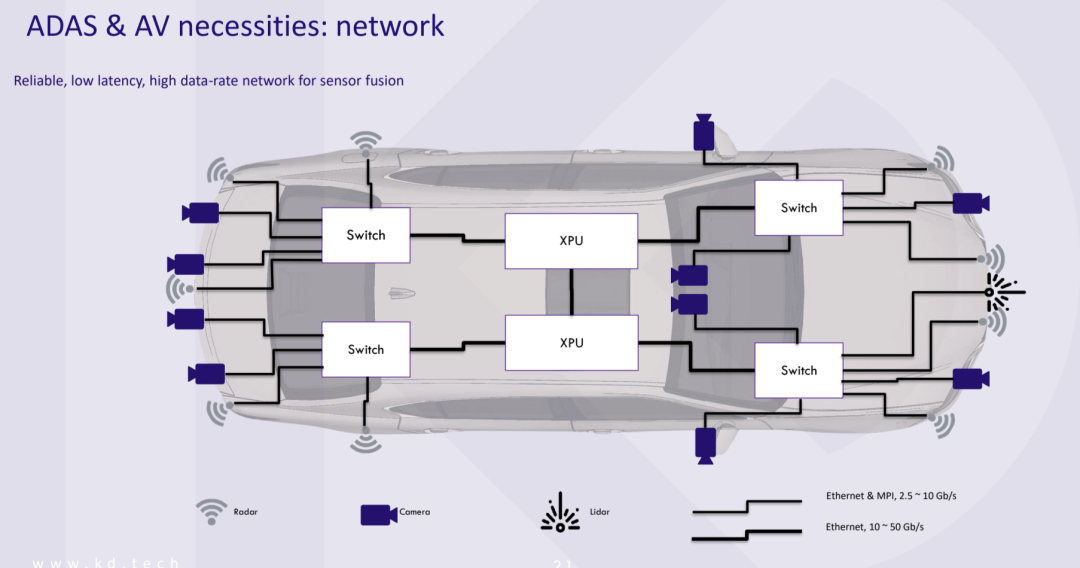
Optical Ethernet has transitioned from experimental verification to commercial implementation, constructing a high-bandwidth, low-latency, secure, and controllable in-vehicle communication backbone network through CSI encapsulation, path replication, multi-interface fusion, and other advanced methods.
Its development pace is in harmony with the increasing complexity of autonomous driving, making it an indispensable infrastructure to support L3-L5 autonomous driving.
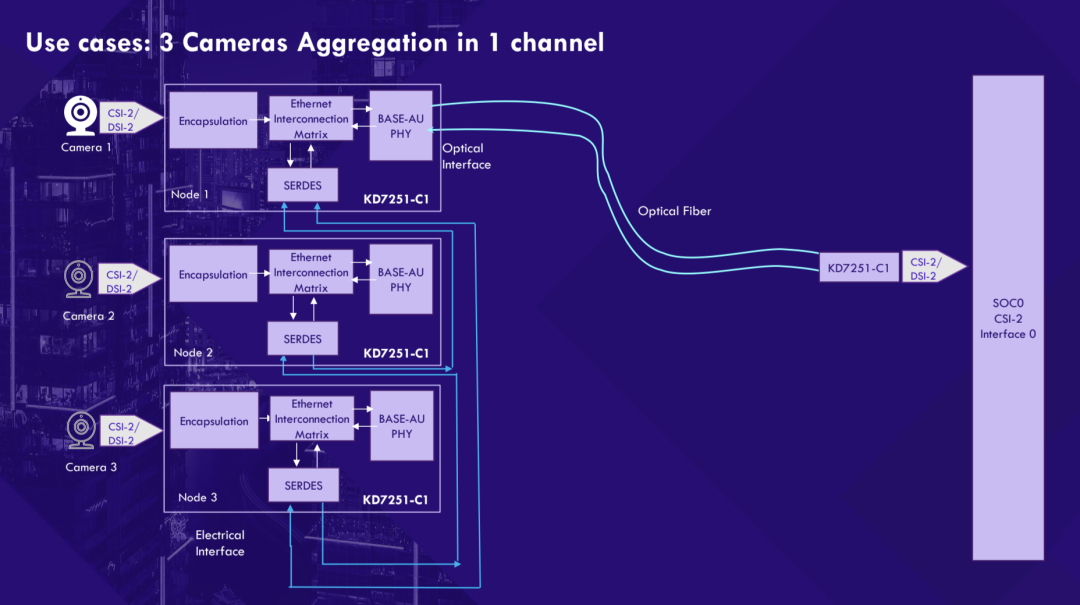
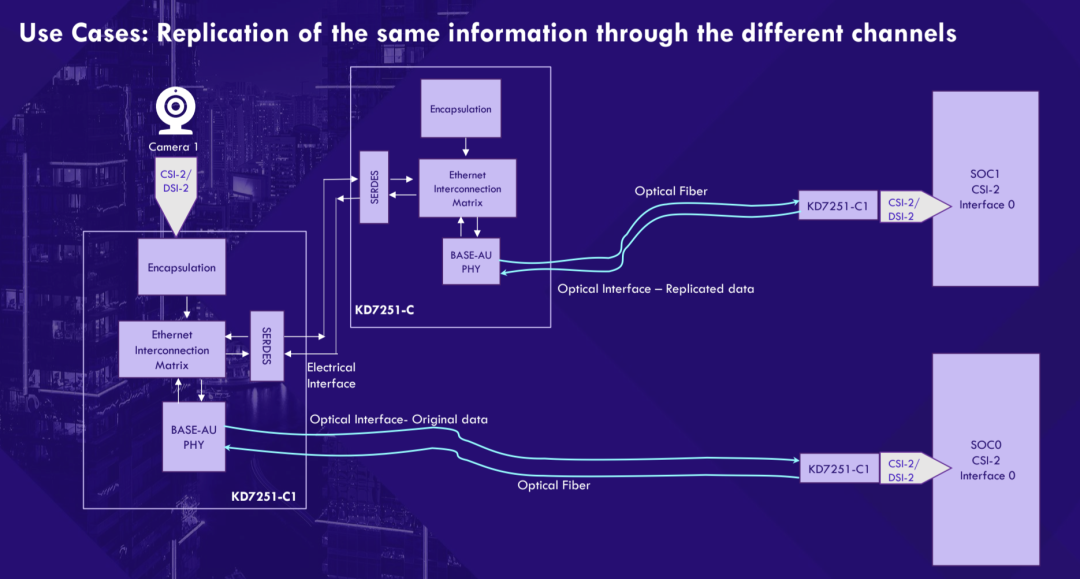
Summary
From data centers to automotive-grade applications, the development of optical communication technology has spanned multiple technological cycles. In the face of the high throughput, low latency, and high reliability communication capabilities required by smart vehicles, optical Ethernet technology, with its mature industrial foundation and automotive-grade optimization path, offers the industry a practical high-speed interconnection solution.

